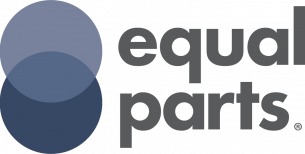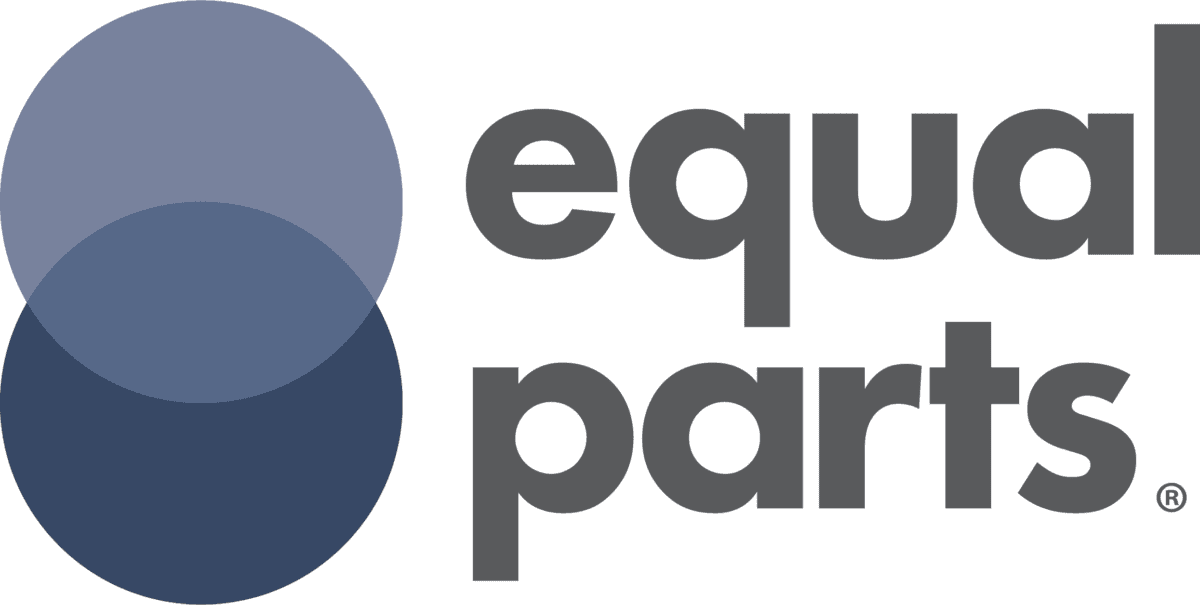Over the last year, the working world has undergone a profound transformation.
Remote work has brought rewards and challenges to every enterprise. Even those that may seem to be a natural fit for dispersed digital collaboration, such as software companies, have been driven to pioneer new approaches. Some team members have flourished, while others found the transition difficult.
We are approaching another shift that could prove to be just as momentous.
Hope is on the horizon that group gatherings will soon be relatively safe, including at the office. Some firms will start the journey back to full face-to-face collaboration. However, the genie is out of the bottle on remote work.
Whatever other stresses they may be navigating, many employees have embraced the opportunity to skip their morning commute – amounting to hours of lost time and thousands of dollars in expenses. For their part, many employers are reconsidering whether a pricey office footprint truly meets their needs.
“Man’s mind, stretched to a new idea, never goes back to its original dimension,” wrote Oliver Wendell Holmes, and it is quite likely this will be the case for remote collaboration as well.
Rather than snap back to their original size like a rubber band, we are more likely to see companies large and small embrace a dispersed digital workforce. Some will quickly decide that remote positions are the norm, while others will need trial and error to discover which roles must be filled in a conventional face-to-face mode.
The combination of remote and conventional work has come to be known as the hybrid model. And in this new world no assumptions, no matter how comfortable and time-worn, are beyond re-examination.
So, how can you ensure you are ready for hybrid work?
Redefining Employee Productivity For A New Era Of Work: Three Challenges
Although remote work burst onto the scene in a big way, it is really nothing new. As far back as 2013, the U.S. Office of Personnel Management reported in detail on the capability of telework to increase job satisfaction, curb employee turnover, and cut costs in areas like real estate, utilities, and travel.
Relatively few organizations have held up remote work as a guiding principle of workforce planning. Yahoo backtracked on remote work after serving as one of its early pioneers, causing many peer organizations to follow suit. From then until now, telecommuting has largely been a perk for the most trusted employees.
The conversation must advance beyond whether remote work is “good” and center instead on how it can be made practical and effective under the diverse conditions companies operate in today. A gradual and partial return to the office environment surfaces three issues all leaders should take seriously:
- A greater proportion of workers are likely to be telecommuting now than ever before
- Divergence between remote and in-person workers must not create parallel cultures
- Leaders must recognize that the growing appetite for telecommuting will not go away
Remote work has had fertile ground for success because the great majority of companies that could utilize it have chosen to do so. Without appropriate care, the employee experience will begin to diverge between those who return to a conventional in-office schedule and those who continue to work from home.
To maximize employee productivity and keep company culture whole, leaders must begin considering what procedures and processes will be needed to reinforce the links between their various working groups. There is sufficient time for deliberation and execution – for those who begin right away.
Four Best Practices To Champion Employee Productivity With Confidence
Employee productivity is one of the central goals of any enterprise, but deciding precisely what it looks like is not always so cut and dried. One positive aspect to any tectonic change is the opportunity to scrutinize old ways of doing things and move forward with adaptations aligned to the present moment.
Four opportunities to support employee productivity stand out among the rest:
1. Make Sure You Are Measuring The Right Things
It was not so long ago when “employee productivity” was virtually synonymous with attendance. Sure enough, many managers of remote teams suffer from trust issues as physical absence drives a desire to micro-manage. A lack of trust can also be exhibited by peers, who may even suggest heavy-handed screen-time monitoring.
While you cannot change a person’s temperament, you can guide an organization through positive change by taking a workflow-based approach to performance measurement. Ensure employees understand how their targets affect and are affected by those around them – then focus on outcomes, not every step along the way.
2. Define Common Experiences In The Employee Life-Cycle For All Staff
Common experiences are the cornerstone of culture, including company culture. The feeling that you are a part of something bigger is an essential ingredient in employee engagement, and high engagement drives employee productivity. With that in mind, ensure you curate the marquee experiences all employees should share in.
Employee onboarding is one area where consistency is king; 58% of employees who go through a structured onboarding process will remain with you at least three years. An annual all-hands town hall is another potential keystone event that can catalyze a robust exchange of ideas and a deeper sense of common purpose.
3. Break Down Communication Silos To Facilitate Employee Productivity
Remote collaboration software has advanced a great deal, but it is not enough to install Slack and call it a day. To keep remote and on-site teams from drifting apart, ensure the right processes are in place to drive cross-functional collaboration where workflows call for it.
Employee productivity suffers when teams in a silo feel isolated from the rest of the organization. It is helpful to talk to personnel at all levels within a function and diagram existing workflows to understand where communication breakdowns have happened before and who can take ownership to prevent them in the future.
4. Revisit Your Role Descriptions And Fine-Tune Associated Workflows
Are your role descriptions attuned to your organization’s reality? Now more than ever, it is crucial to make certain job descriptions are results-based, not task-based. If descriptions are not up to date, you will be recruiting for the needs of the past rather than those of the present and future.
Employee productivity goes up when a role’s goals are clearly delineated and each incumbent is equipped with the tools to realize them. Review each role with a critical eye, asking yourself the following questions:
- Has this role successfully been performed remotely in the past?
- If the answer is no, can workflows be updated or streamlined?
- Are current holders of this role properly resourced to succeed?
Ready or not, the grand experiment in the future of work is about to reach a new phase. To excel, enterprises must pivot to a focus on workflows: How the efforts of individuals, teams, departments, and divisions interlink to create a strong company culture and reach desired outcomes.
Equal Parts can help you achieve the holistic view you need. To find out more, contact us today.

